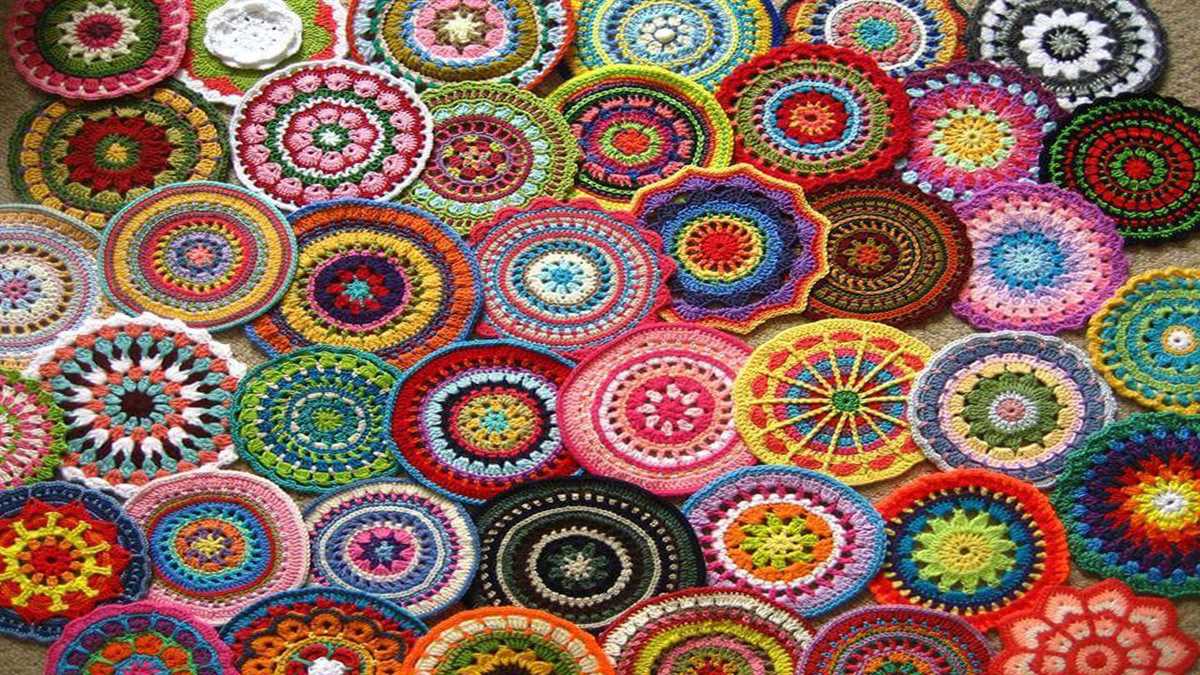
Mandala yarn is a popular choice among knitters for its vibrant colors and soft texture. This self-striping yarn creates beautiful patterns and gradients, making it perfect for a variety of projects. From blankets and scarves to hats and shawls, there are endless possibilities for using mandala yarn in your knitting.
One of the advantages of working with mandala yarn is that it does all the colorwork for you. With just one skein, you can create intricate designs that would normally require multiple yarns and complicated stitch patterns. The unique color changes of mandala yarn add visual interest to your projects, making them stand out from the crowd.
Knitting with mandala yarn is also a great way to experiment with different stitch patterns and techniques. The self-striping nature of the yarn allows you to see your progress and get creative with color placement. Whether you prefer simple garter stitch or more intricate lace patterns, mandala yarn will bring your knitting to life.
Mandala Yarn Knitting Patterns
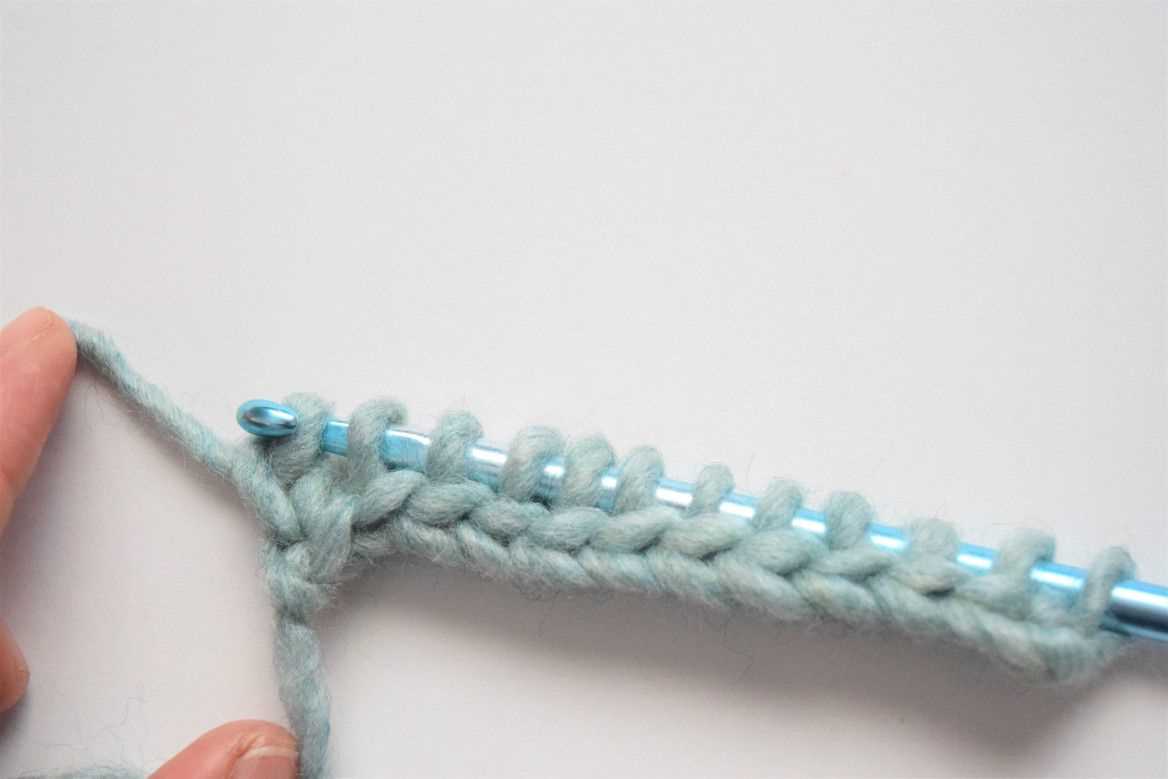
Knitting with Mandala yarn is a fun and creative way to make beautiful and unique pieces. Mandala yarn is known for its vibrant colors and gradient color changes, making it perfect for creating eye-catching designs.
One popular knitting pattern using Mandala yarn is the Mandala Shawl. This pattern is ideal for beginners and experienced knitters alike. The shawl features a simple garter stitch border with a stunning lace pattern in the body of the shawl. The gradient color changes of the Mandala yarn create a mesmerizing effect in the lace pattern.
The Mandala Cowl is another popular pattern that showcases the beauty of the Mandala yarn. The cowl is worked in the round, making it a quick and easy project. The pattern uses a combination of knit and purl stitches to create a textured and cozy cowl. The color changes in the Mandala yarn add depth and interest to the finished piece.
If you’re looking for a smaller project, the Mandala Hat is a great option. This pattern is perfect for using up leftover Mandala yarn from other projects. The hat is worked in the round and features a ribbed brim and a textured stitch pattern in the body. The gradient colors of the yarn add visual interest to the hat.
With the wide range of colors and patterns available, the possibilities are endless when it comes to knitting with Mandala yarn. Whether you choose to make a shawl, cowl, hat, or another project, the vibrant colors and gradient color changes of the yarn are sure to result in a stunning finished piece.
What is Mandala Yarn?
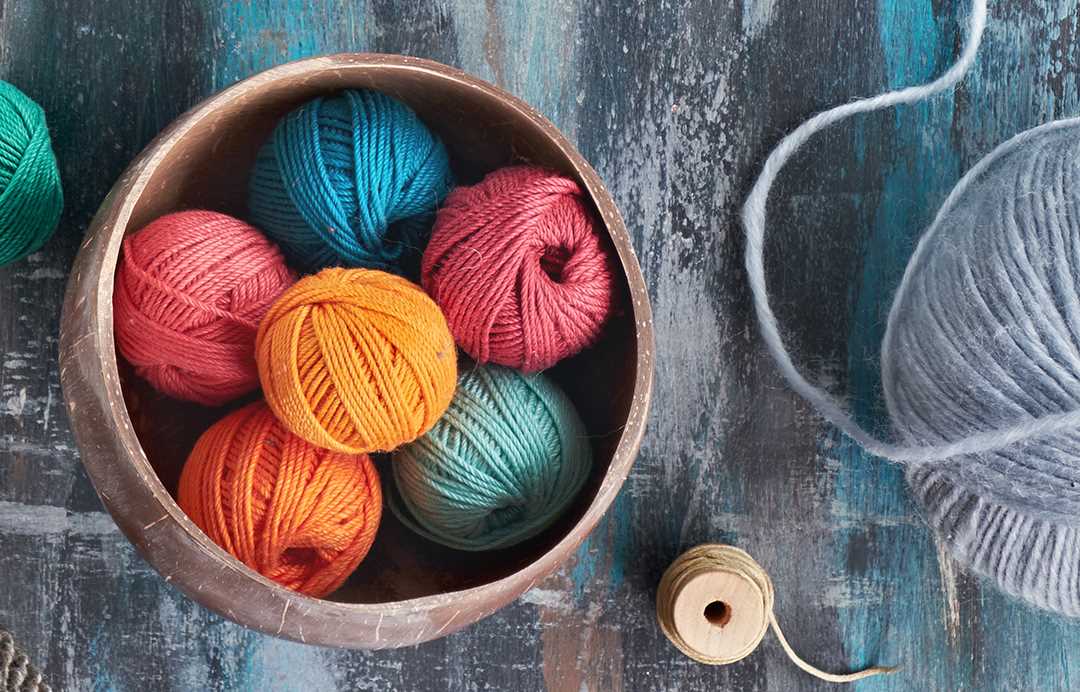
Mandala yarn is a type of variegated yarn that features smoothly transitioning colors. It is often used in knitting and crochet projects to create beautiful color patterns and gradients. Mandala yarn is known for its soft and lightweight texture, making it ideal for creating cozy shawls, scarves, sweaters, and blankets.
Mandala yarn is typically made from a blend of acrylic and nylon fibers, which gives it a durable and easy-care quality. The yarn comes in skeins with generous yardage, allowing for larger projects to be completed with fewer skeins. One of the most appealing aspects of Mandala yarn is the wide range of vibrant color combinations available, ranging from bold and bright to pastel and muted shades.
This versatile yarn can be used for various knitting techniques, including entrelac, fair isle, and lace. The smooth color transitions make it easy to create stunning patterns and designs without having to switch colors or weave in multiple ends. Whether you are a beginner or an experienced knitter, Mandala yarn offers endless creative possibilities for your projects.
Features of Mandala Yarn:
- Smooth color transitions
- Soft and lightweight texture
- Durable and easy-care
- Generous yardage
- Wide range of vibrant color combinations
With Mandala yarn, you can bring a touch of magic to your knitting projects. It’s a yarn that encourages experimentation and creativity, allowing you to explore different stitch patterns and garment designs. Whether you’re creating a cozy hat or a show-stopping blanket, Mandala yarn will add a unique and eye-catching element to your knitting.
Benefits of Using Mandala Yarn for Knitting
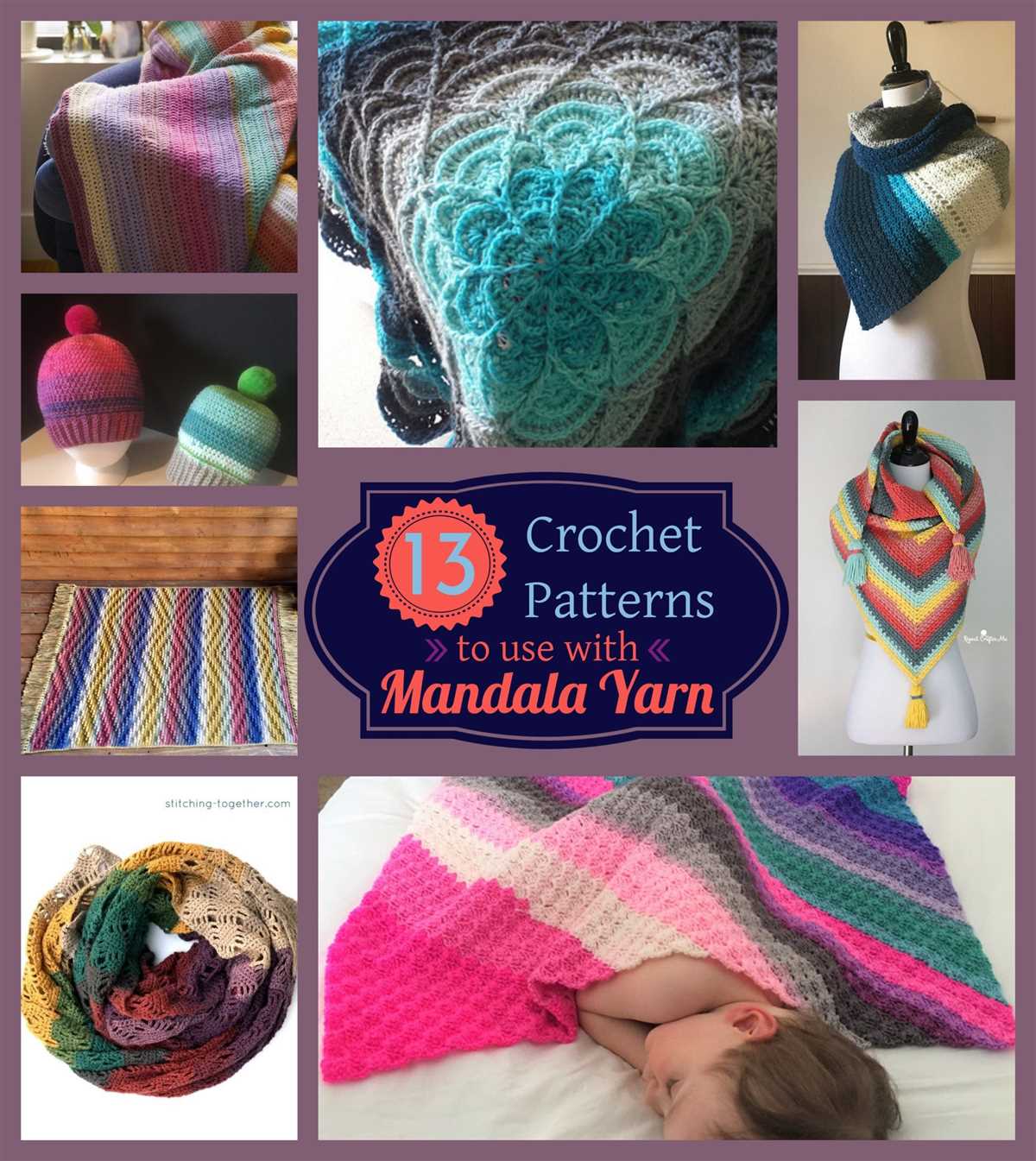
When it comes to knitting, choosing the right yarn is essential. Mandala yarn is an excellent choice for knitters due to its unique characteristics and versatility. Here are some benefits of using Mandala yarn for your knitting projects:
1. Vibrant Color Palettes
Mandala yarn is renowned for its stunning color palettes. Each skein features a harmonious blend of vibrant hues, creating a beautiful gradient effect in your knitting. Whether you prefer bold and bright colors or subtle and soothing tones, Mandala yarn offers a wide range of options to suit your style and project.
2. Self-Striping Convenience
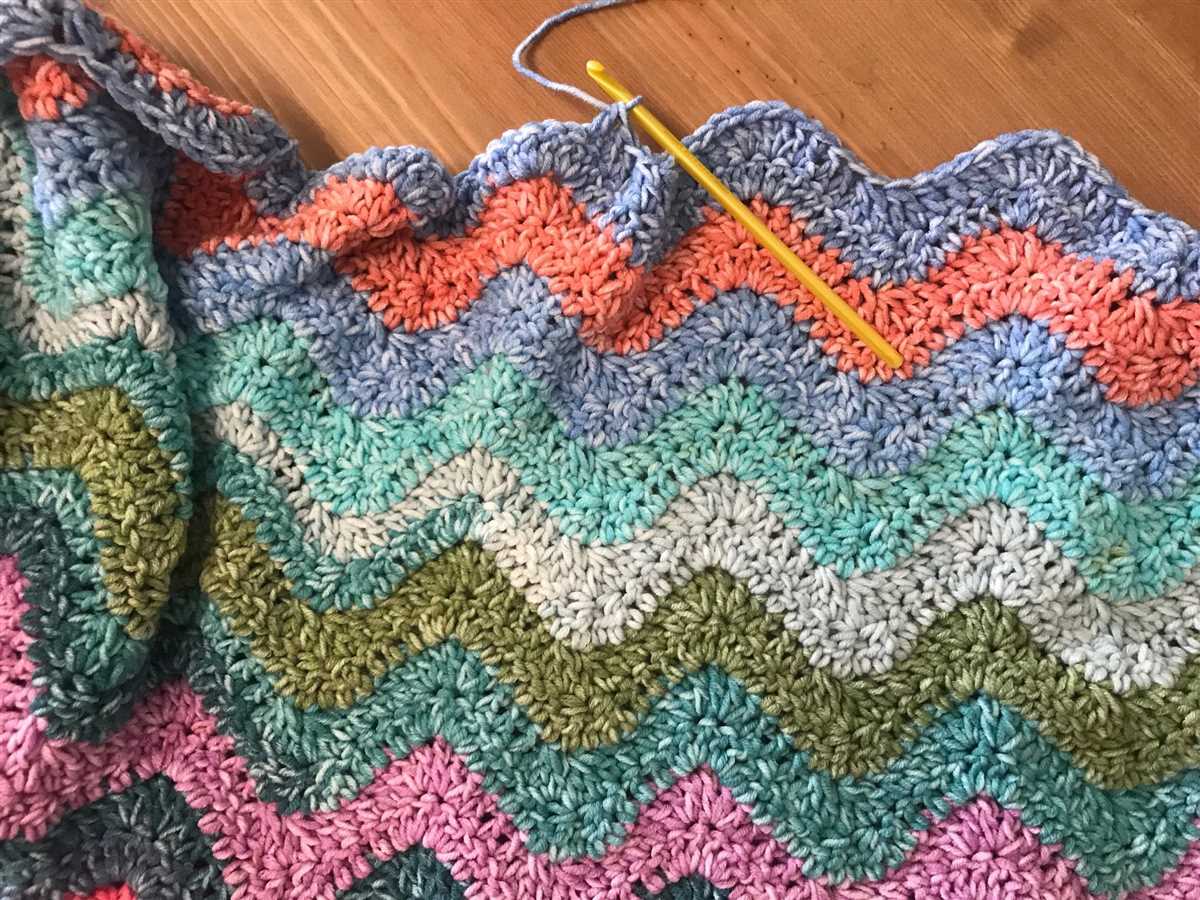
One of the standout features of Mandala yarn is its self-striping ability. As you knit, the yarn automatically transitions between different colors, creating mesmerizing stripes in your pattern. This eliminates the need for constantly changing yarns or managing multiple skeins, making it perfect for projects like scarves, shawls, and blankets.
3. Soft and Comfortable
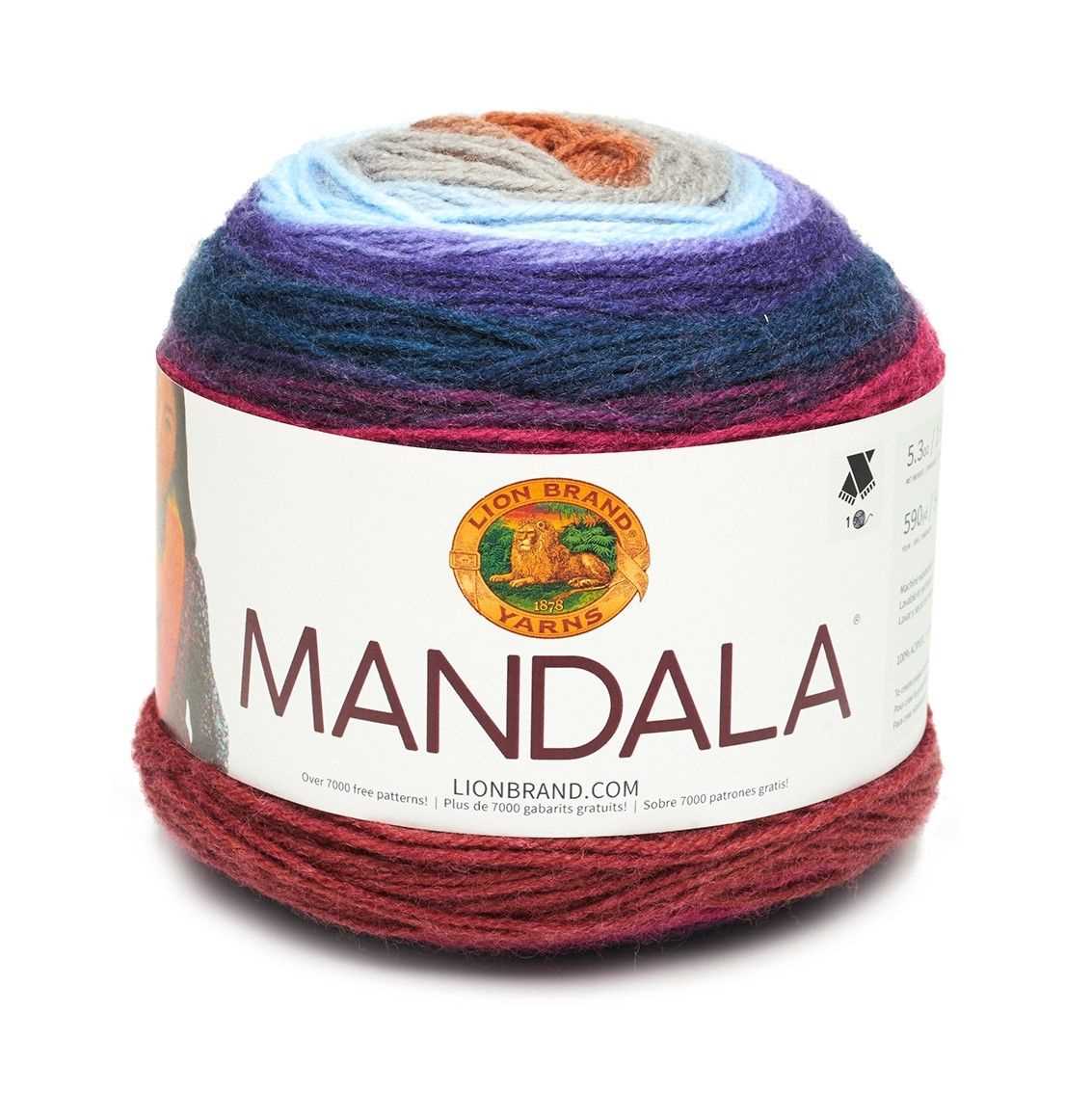
Mandala yarn is crafted from a blend of premium acrylic and wool, resulting in a soft and comfortable texture. The yarn is gentle against the skin, making it suitable for knitting projects like hats, gloves, and sweaters. It also has a slight stretch, providing excellent stitch definition and ensuring a comfortable fit in your finished garments.
4. Easy to Care for
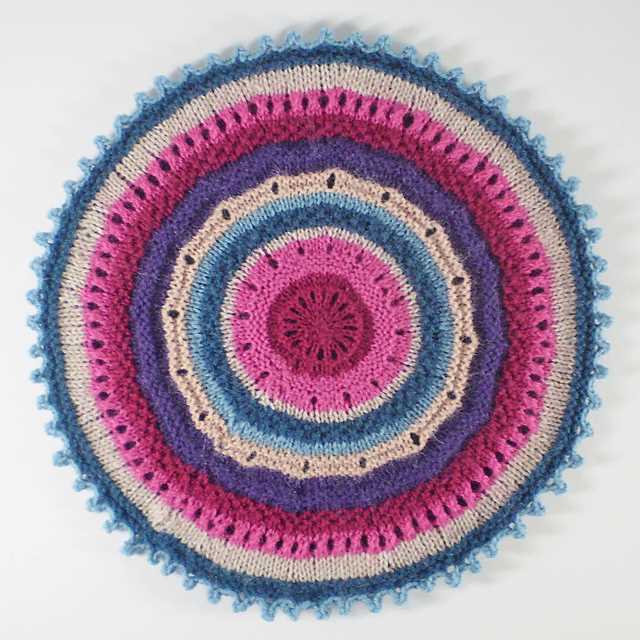
The convenient care instructions make Mandala yarn a practical choice for knitters. It is machine washable and can be tumble dried, allowing for easy maintenance and cleaning. This is especially beneficial for items that require frequent washing, such as baby clothes or everyday accessories.
5. Versatile for Different Projects
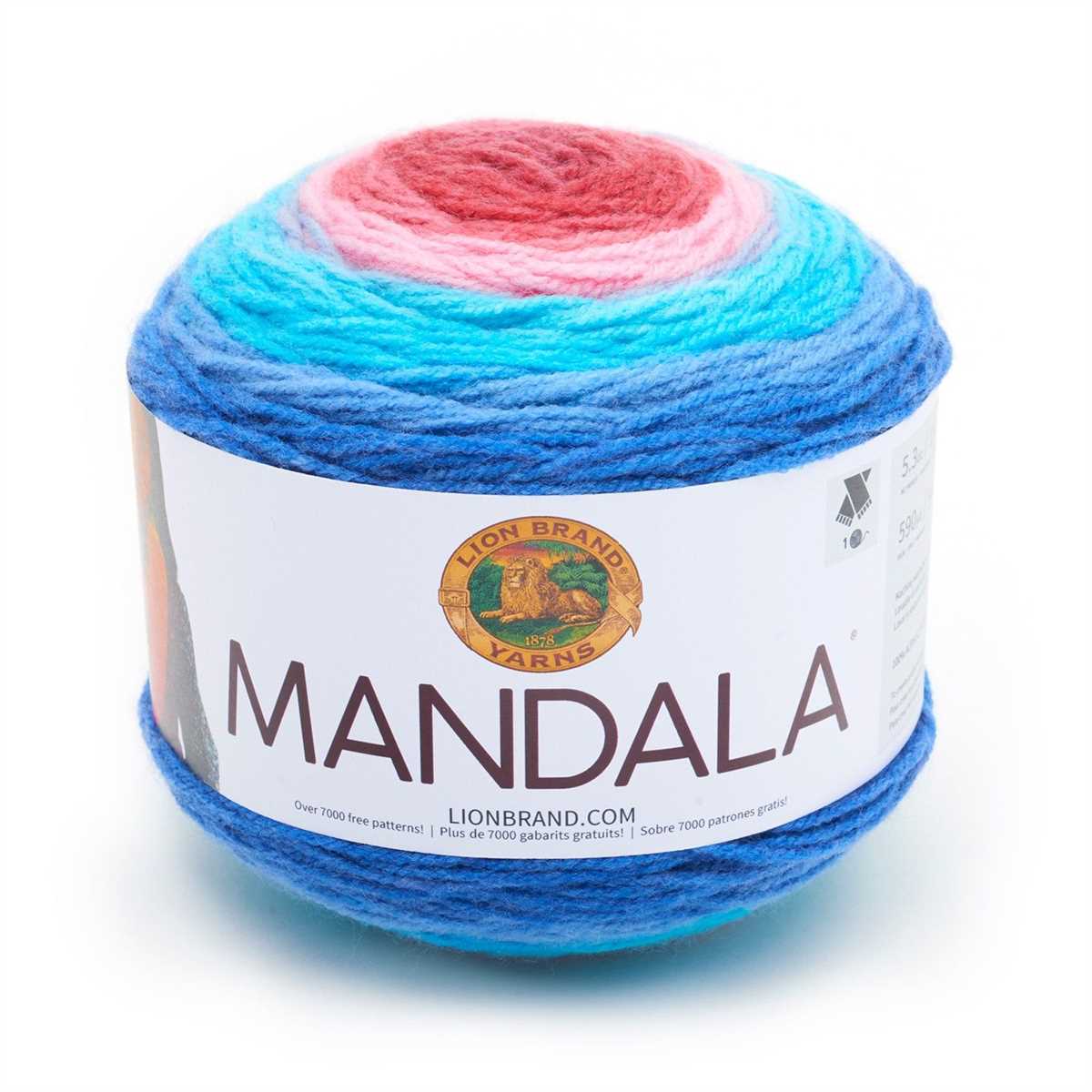
Whether you’re knitting scarves, blankets, or garments, Mandala yarn is versatile enough to suit a variety of projects. Its softness and drape make it ideal for creating cozy and comfortable items, while its vibrant colors add visual interest to any design. With Mandala yarn, you can let your creativity soar and explore different knitting techniques and patterns.
In conclusion, Mandala yarn offers numerous benefits for knitters. From its vibrant color palettes and self-striping convenience to its soft and comfortable texture, this yarn is a great choice for a wide range of knitting projects. It’s no wonder that Mandala yarn has become a popular option among knitting enthusiasts worldwide.
Choosing the Right Knitting Needles for Mandala Yarn
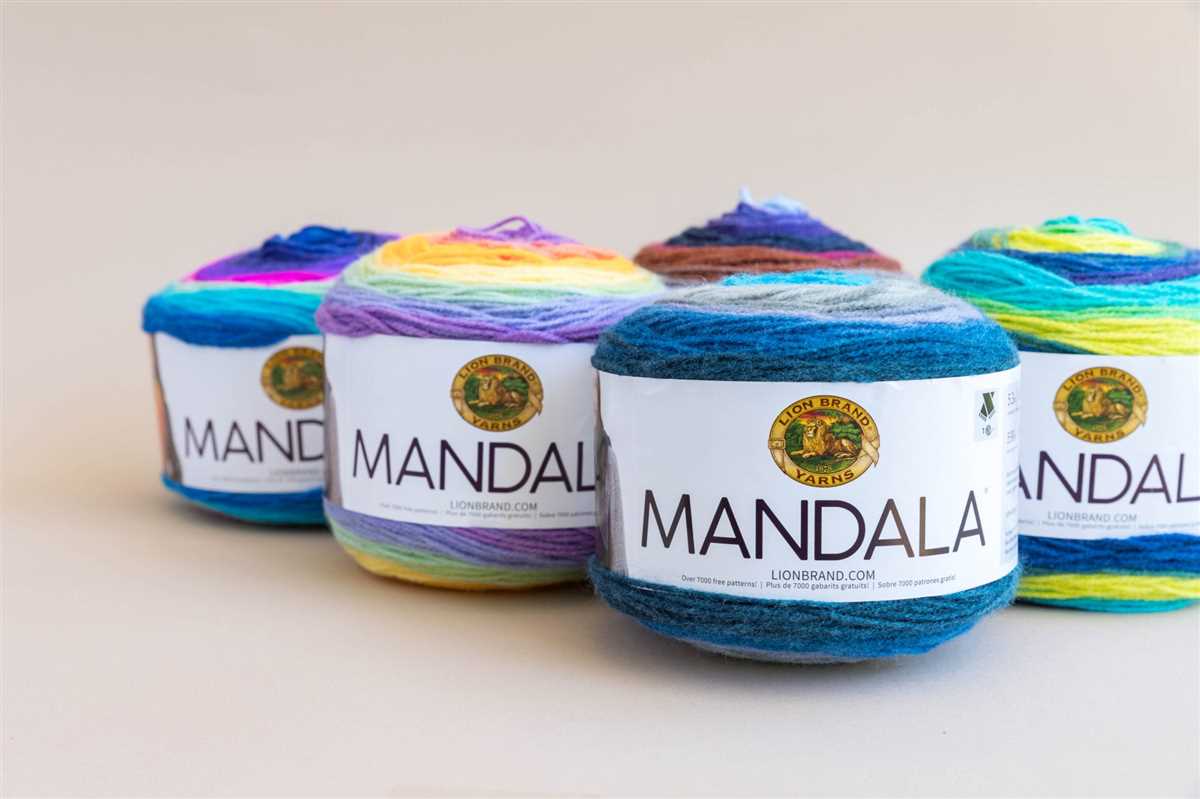
When it comes to knitting with Mandala yarn, choosing the right knitting needles is essential. The right needles can make a big difference in the final outcome of your project, as well as your knitting experience. Here are some factors to consider when selecting knitting needles for Mandala yarn.
Material: Knitting needles come in a variety of materials, including metal, wood, and plastic. Each material has its own unique characteristics and can affect your knitting experience. Metal needles, such as stainless steel or aluminum, are durable and provide a smooth surface for the yarn to glide on. Wood needles, on the other hand, are lightweight, warm to the touch, and can help control the tension of the yarn. Plastic needles are lightweight and quiet, making them a good choice for knitting on the go. Consider which material you prefer and how it will interact with your Mandala yarn.
Size: The size of your knitting needles will depend on the gauge or tension you want to achieve with your Mandala yarn. The recommended needle size can usually be found on the yarn label or in the pattern instructions. It is important to match the needle size to the recommended gauge to ensure that your finished project turns out the way you want it to. Experiment with different needle sizes to achieve the desired fabric density and drape for your Mandala yarn.
Type: Knitting needles come in different types, such as straight needles, circular needles, and double-pointed needles. The type of needles you choose will depend on the type of project you are working on and your personal knitting preference. Straight needles are great for smaller projects or projects that require a lot of shaping. Circular needles are versatile and can be used for a wide range of projects, including shawls and sweaters. Double-pointed needles are perfect for projects like socks and gloves. Consider the type of project you are working on and choose the needles that will best suit your needs.
By considering these factors and experimenting with different knitting needles, you can find the perfect match for your Mandala yarn project. Remember to always check the recommended needle size and gauge to ensure the best results. Happy knitting!
Tips for Working with Mandala Yarn
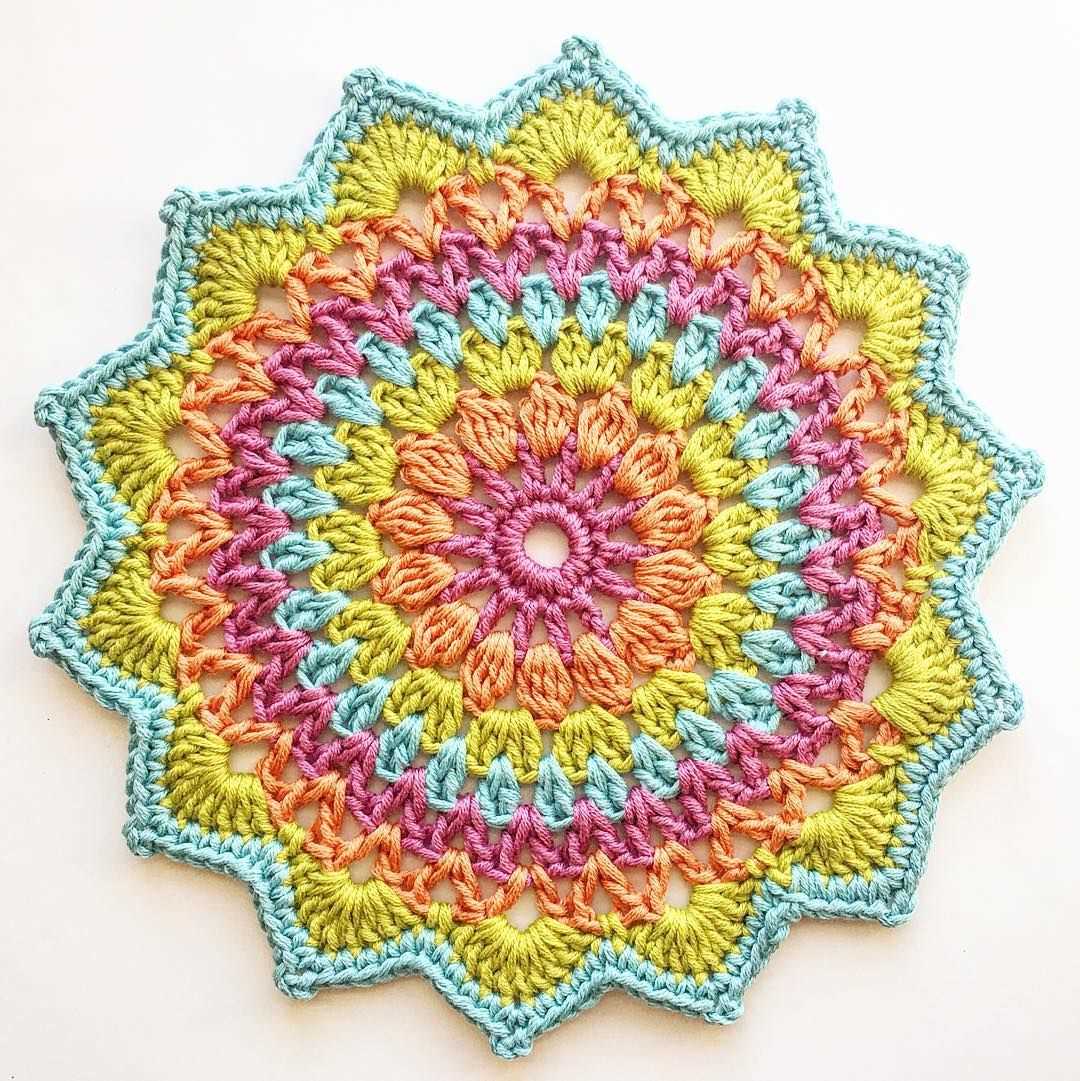
Working with Mandala yarn can be a fun and rewarding experience. The vibrant colors and soft texture make it a great choice for a variety of knitting projects. Here are some tips to help you get the most out of your Mandala yarn.
1. Choose the Right Pattern
- When working with Mandala yarn, it’s important to choose a pattern that will showcase its unique color gradient. Look for patterns that feature simple stitches or sections of garter or stockinette stitch to let the colors shine.
- Consider choosing a pattern that uses larger needles or hooks to create a more open and drapey fabric. This will allow the colors to blend and transition in an eye-catching way.
2. Be Mindful of Tension
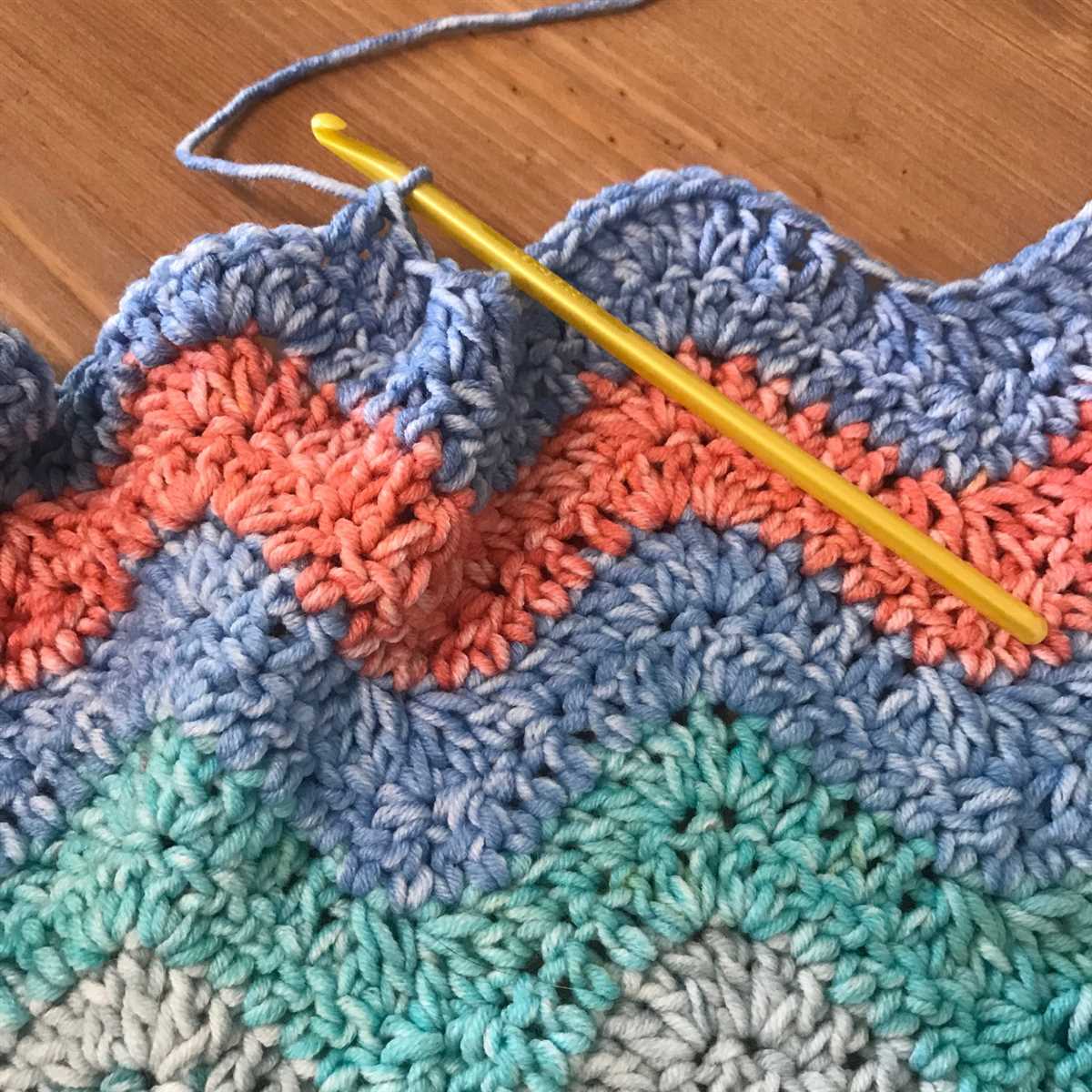
Because Mandala yarn has a self-striping effect, it’s important to be mindful of your tension while knitting or crocheting. If you have a tight tension, the color changes may not be as pronounced, whereas a looser tension may result in overly long color sections.
3. Play with Color Placement
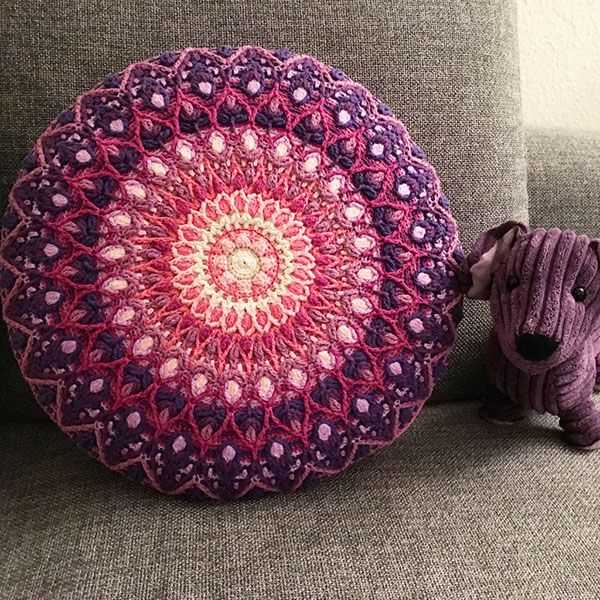
One of the fun aspects of working with Mandala yarn is the ability to experiment with color placement. Consider starting a new color at different points in your project to create unique effects. You can also use multiple skeins of Mandala yarn and alternate between them to create a more varied color palette.
4. Use a Center Pull
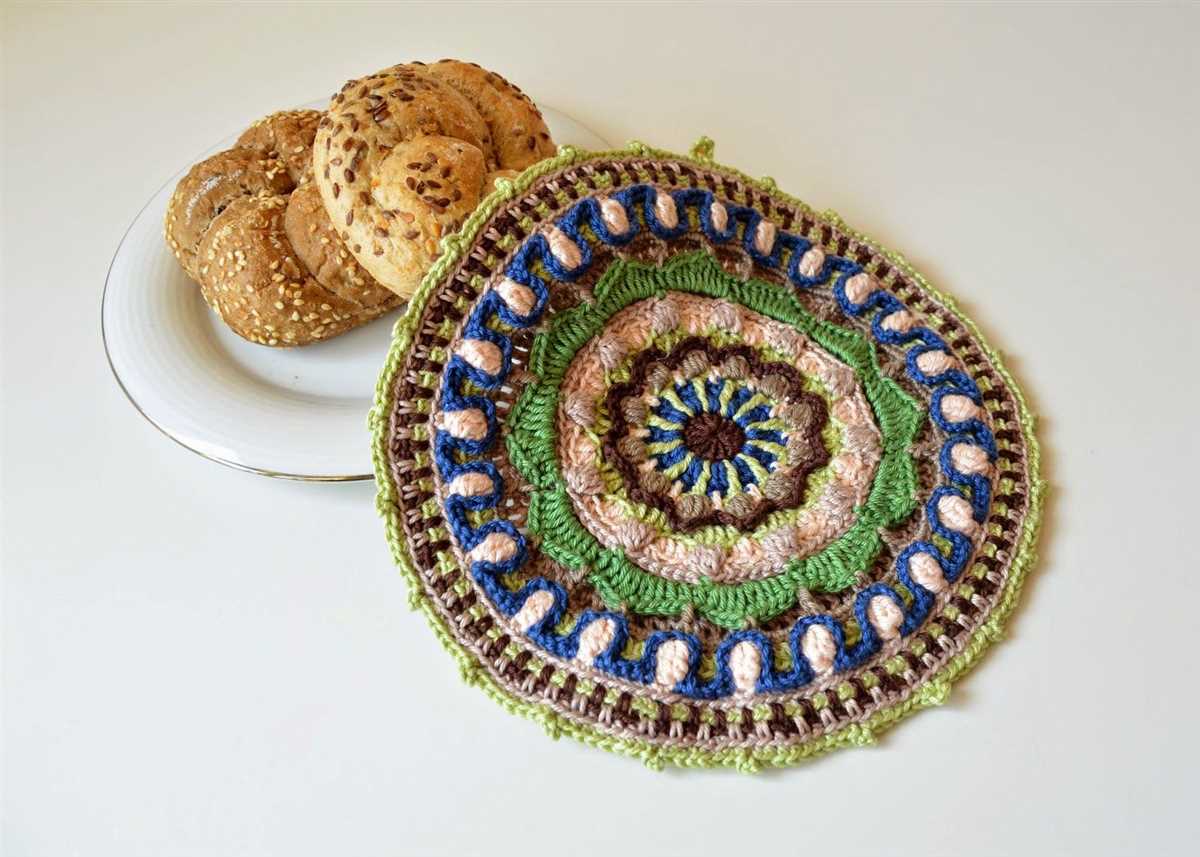
Mandala yarn comes wound in a center-pull ball. Using the yarn from the center of the ball can help prevent tangling and make it easier to work with. To find the center, locate the end protruding from the center of the ball and gently pull it out.
5. Join Yarn Neatly
If you need to join a new skein of Mandala yarn, try to do so neatly to minimize the appearance of knots or bulkiness in your finished project. There are several methods you can use, such as the Russian join or the spit splice, that can create a seamless join.
By following these tips, you’ll be able to create beautiful projects with Mandala yarn and make the most of its unique color gradient. Whether you’re knitting a shawl, scarf, or hat, the vibrant hues of Mandala yarn are sure to make your project stand out.
Beginner-Friendly Mandala Yarn Knitting Patterns
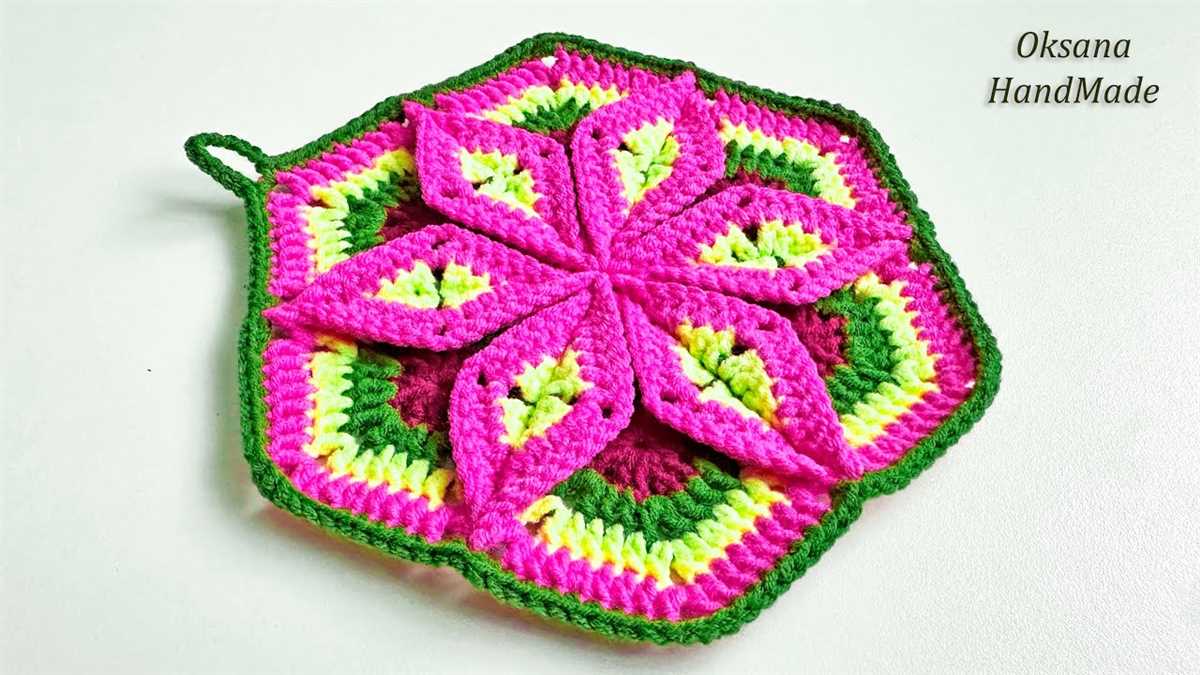
If you’re a beginner knitter looking to make something beautiful with Mandala yarn, you’re in luck! Mandala yarn is a self-striping yarn that comes in a variety of vibrant colors, making it perfect for creating eye-catching patterns. Whether you’re looking to make a scarf, a hat, or a cozy blanket, there are plenty of beginner-friendly patterns available for you to try.
One popular beginner-friendly pattern is the Mandala Yarn Scarf. This pattern is simple yet stunning, and allows you to showcase the beautiful color changes in the yarn. To make this scarf, all you need to know is how to knit and purl. The pattern usually involves casting on a certain number of stitches and working in a simple garter stitch or stockinette stitch. You can experiment with different stitch patterns or add a few decorative touches if you’re feeling more adventurous.
Another beginner-friendly project is the Mandala Yarn Hat. Knitting a hat is a great way to practice working in the round, and with Mandala yarn, you can create a hat that is full of color and personality. Many hat patterns for beginners use simple ribbing or seed stitch for the brim, followed by stockinette stitch or a simple texture pattern for the body of the hat. You can also add a pom-pom or other embellishments to make your hat truly unique.
If you’re ready to take on a larger project, a Mandala Yarn Blanket might be just what you’re looking for. This is a great way to practice your knitting skills while creating a cozy blanket that will keep you warm all year round. A beginner-friendly blanket pattern might involve knitting small squares or rectangles and then seaming them together to create the final piece. You can choose to make a blanket with a specific color scheme or go for a more random look by combining different colors of Mandala yarn.
With its beautiful colors and soft texture, Mandala yarn is a great choice for knitters of all skill levels. Whether you’re a beginner or an experienced knitter, there are plenty of patterns available to help you create stunning projects with this versatile yarn.
The advanced Mandala yarn knitting patterns are for experienced knitters looking to take their skills to the next level. These patterns feature intricate designs and techniques that will challenge and inspire you. Whether you’re creating a stunning shawl, a cozy blanket, or a stylish sweater, these advanced patterns will help you showcase the beauty of Mandala yarn.
One advanced pattern is the Mandala Lace Shawl. This pattern combines delicate lace stitches with the vibrant color changes of Mandala yarn to create a stunning accessory. The intricate lacework requires careful attention to detail and is perfect for knitters looking to expand their lace knitting skills.
Here are a few more advanced Mandala yarn knitting patterns:

- Mandala Colorwork Sweater: This pattern features a stunning colorwork design using multiple shades of Mandala yarn. Knitters will need to have advanced skills in colorwork and sweater construction.
- Mandala Cable Blanket: This pattern showcases the beauty of cables, with intricate cable patterns running throughout the blanket. Knitting cables can be challenging, but the end result is a beautiful and cozy blanket.
- Mandala Fair Isle Hat: Fair Isle knitting involves stranded colorwork, where two or more colors are used in each row. This pattern combines the vibrant color changes of Mandala yarn with traditional Fair Isle motifs.
- Mandala Lace Cardigan: This pattern combines lace knitting with a cardigan construction, resulting in a beautiful and versatile garment. The lace is intricate and requires advanced lace knitting skills.
Infinity Scarf Pattern with Mandala Yarn
The Mandala yarn is a popular choice among knitters for creating beautiful and colorful projects. One of the most popular patterns with Mandala yarn is the Infinity Scarf pattern. This pattern allows you to create a stylish and versatile accessory that can be worn in multiple ways.
To start knitting the Infinity Scarf, you will need one skein of Mandala yarn and a pair of knitting needles. The first step is to cast on the desired number of stitches, depending on how wide you want your scarf to be. Make sure to choose a stitch count that is divisible by the pattern repeat to ensure a consistent design.
Once you have cast on, you can begin knitting the scarf using a simple stitch pattern or a more intricate design. The Mandala yarn will create a beautiful color gradient as you work through the pattern, adding visual interest to your scarf. You can choose to knit the entire scarf in one color or mix and match different colorways for a more unique look.
To add a decorative touch to your Infinity Scarf, you can also incorporate different stitch patterns, such as ribbing or lace, to create texture and visual appeal. Experiment with different stitch combinations to find the one that works best for your desired look.
When you have reached the desired length for your scarf, it’s time to bind off the stitches. Make sure to leave a long tail of yarn to weave in the ends later. Once the stitches are bound off, you can join the two ends of the scarf together to create the infinity loop. Use a yarn needle to sew the ends together, making sure to secure them tightly.
After finishing the Infinity Scarf, you can wear it in various ways – loop it multiple times around your neck for a cozy and layered look, wear it as a shawl or wrap, or let it drape loosely around your neck for a more relaxed style. The Mandala yarn will provide both warmth and style, making this scarf a perfect accessory for any outfit.
Hat Pattern with Mandala Yarn
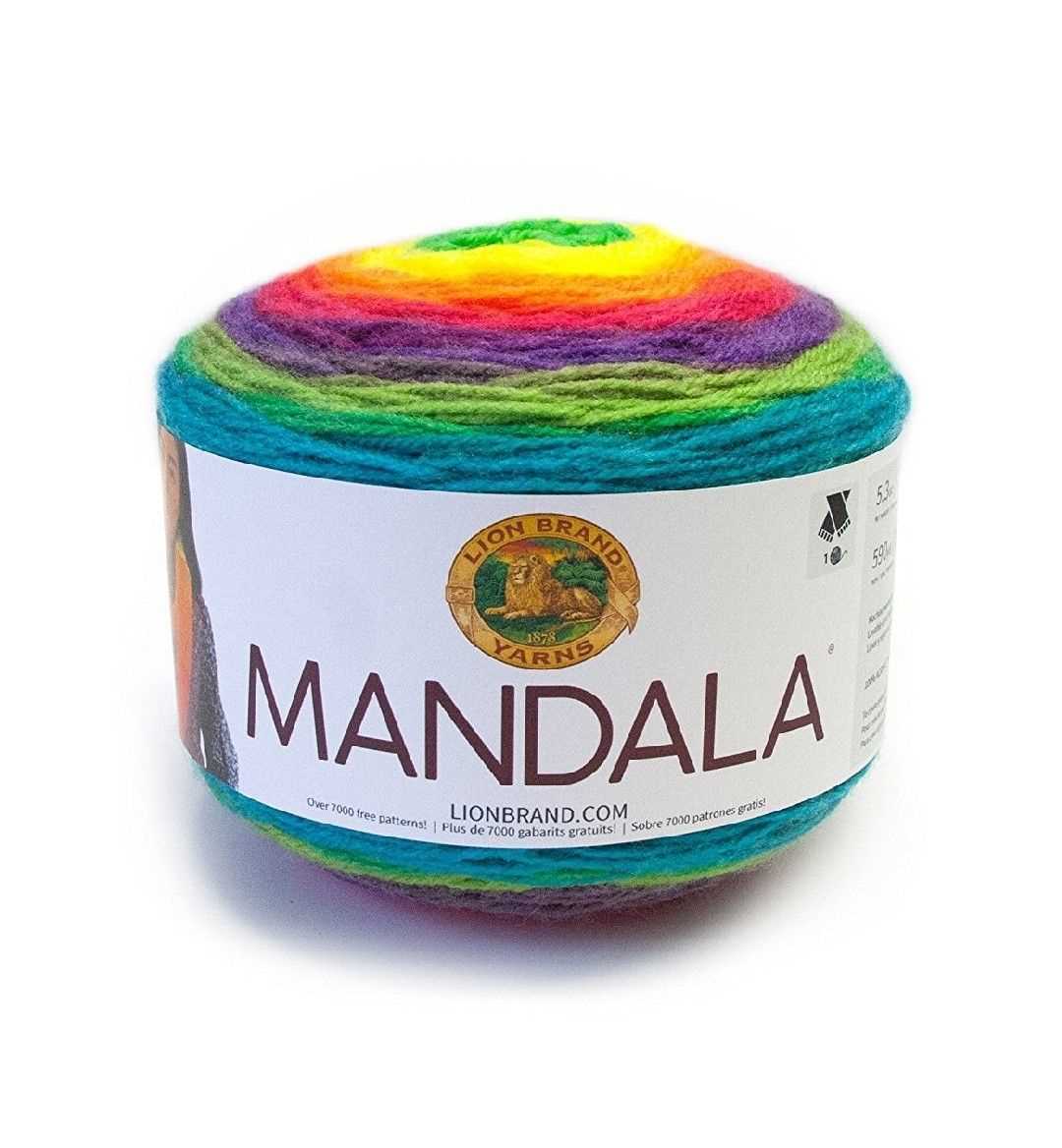
Knitting patterns with Mandala yarn are a great way to create unique and beautiful accessories. One popular project is a hat that incorporates the vibrant colors and soft texture of Mandala yarn. With the variety of color combinations available, you can make a hat that matches any outfit or style.
To create a hat with Mandala yarn, you will need a circular knitting needle, double-pointed needles, stitch markers, and of course, your chosen Mandala yarn. Begin by casting on the desired number of stitches, depending on the size of hat you want to make. You can use a rib stitch for the brim, such as a knit 2, purl 2, or a seed stitch for added texture.
Once you have completed the brim, it’s time to switch to stockinette stitch or any other stitch pattern you prefer for the body of the hat. You can change colors as desired or let the colors of the Mandala yarn create their own unique pattern. Use stitch markers to keep track of any decreases or increases needed to shape the hat.
To finish the hat, you can either continue knitting until it reaches your desired length or add a decorative edging, such as a picot bind-off. Once you have completed the last row, cut the yarn and weave in any loose ends. You can also add a pom-pom or tassel to the top of the hat for an extra touch of style.
Whether you’re a beginner or experienced knitter, creating a hat with Mandala yarn is a fun and rewarding project. It allows you to experiment with different stitch patterns and color combinations, resulting in a one-of-a-kind accessory. So grab some Mandala yarn and get started on your next knitting adventure!
Sweater Pattern with Mandala Yarn
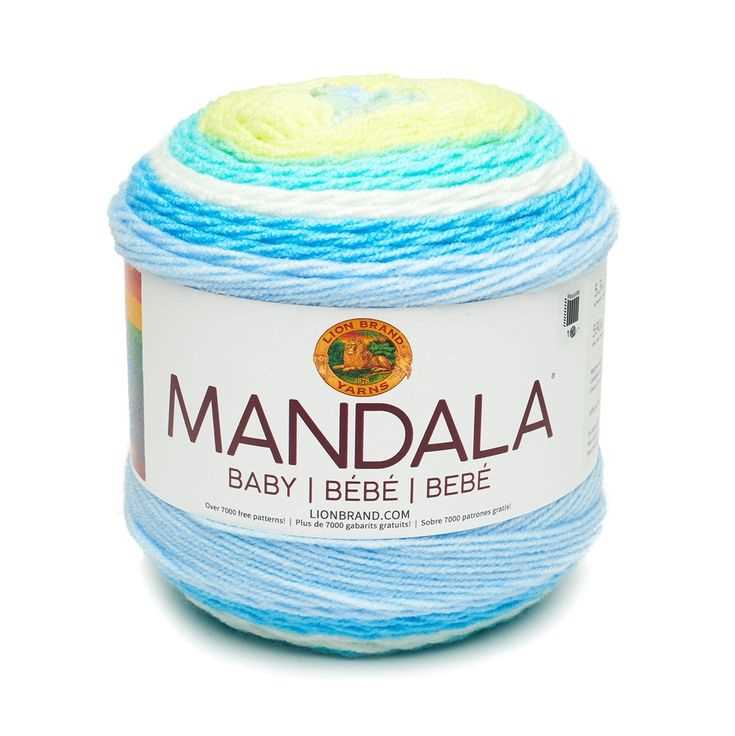
Knitting a sweater with Mandala yarn creates a beautiful and unique garment that is sure to turn heads. The color gradients and subtle changes in hue that Mandala yarn offers make it an ideal choice for creating a one-of-a-kind piece of clothing.
To start, choose your favorite Mandala yarn colorway and gather the necessary materials, such as knitting needles and stitch markers. Refer to the sweater pattern instructions and make sure you understand the required gauge and sizing before getting started.
Step 1: Cast on
Begin by casting on the required number of stitches for your chosen size. It is essential to maintain an even tension throughout the project to ensure a consistent and professional-looking finish.
Step 2: Knit the body
Continue knitting the body of the sweater following the pattern’s instructions. Take note of any stitch patterns or shaping techniques that may be used. Keep track of your progress by using stitch markers to mark important sections.
Step 3: Shape the sleeves
Once the body is complete, it’s time to shape the sleeves. Follow the pattern’s instructions for decreasing or increasing stitches to create the desired sleeve shape. Pay attention to any specific measurements or stitch counts provided in the pattern.
Step 4: Finishing touches
After completing the sleeves, finish the sweater by knitting the ribbing for the neckline, hem, and cuffs. These ribbed sections help give the garment structure and a polished look. Make sure to bind off your stitches neatly and weave in any loose ends.
Step 5: Blocking
Finally, block the finished sweater to ensure it retains its shape and drapes nicely when worn. Follow the yarn manufacturer’s recommendations for blocking, whether it requires wet blocking or steam blocking.
With your sweater complete, marvel at the beautiful colors and patterns created by the Mandala yarn. Wear it with pride and enjoy the compliments you’re sure to receive on your handmade masterpiece!
Blanket Pattern with Mandala Yarn
Mandala yarn is a popular choice among knitters for its vibrant colors and self-striping patterns. It is perfect for creating eye-catching and unique blankets. Here is a pattern to make a beautiful blanket using Mandala yarn.
Materials:
- Mandala yarn (2-3 skeins, depending on desired size)
- Knitting needles (size may vary depending on yarn weight)
- Tapestry needle
- Scissors
Instructions:
- Begin by casting on the desired number of stitches. This will depend on the size of the blanket you want to make. A typical size is around 150 stitches for a throw blanket.
- Knit the first row.
- Continue knitting each row, following the pattern of the Mandala yarn. The self-striping effect will create beautiful color changes throughout the blanket.
- As you knit, periodically check the width of the blanket to ensure it is the desired size.
- Once you have reached your desired length, finish by knitting the last row.
- Bind off the stitches and cut the yarn, leaving a long tail.
- Using a tapestry needle, weave in any loose ends to secure them.
Optional: Add a border to your blanket for a more finished look. You can use a contrasting color of Mandala yarn or a solid color yarn to create the border. Simply pick up stitches along the edges of the blanket and knit in the desired pattern. Bind off and weave in any loose ends.
This blanket pattern with Mandala yarn is a great way to showcase the beautiful colors and patterns of the yarn. It is perfect for adding a pop of color to any room or for cozying up on a chilly day. Enjoy knitting your own one-of-a-kind Mandala yarn blanket!
Shawl Pattern with Mandala Yarn
If you’re looking for a beautiful and versatile shawl pattern, look no further than the Mandala yarn. This yarn is perfect for creating stunning shawls that showcase its vibrant colors and unique self-striping effect. Whether you’re a beginner or an experienced knitter, this shawl pattern is sure to keep you entertained and satisfied.
The first step in creating your shawl is choosing the right Mandala yarn colorway. There are plenty of options to choose from, each featuring a stunning combination of hues. Once you have your yarn, you can start working on the pattern.
To begin, cast on the desired number of stitches using a circular needle. The size of your shawl will depend on your preference, so feel free to adjust the number of stitches accordingly. Next, follow the pattern’s instructions for the body of the shawl, which may include lace, textured stitches, or simple garter stitch sections.
As you work through the pattern, you’ll notice the beautiful color transitions of the Mandala yarn, creating a mesmerizing effect in your shawl. This self-striping feature of the yarn eliminates the need for color changes, making the knitting process seamless and enjoyable.
Once you’ve completed the body of the shawl, you can finish it off with a border or edging. This can be a simple picot edge, a delicate lace border, or even a fringe, depending on your style and preferences. Finally, bind off your stitches and weave in any loose ends.
The finished shawl made with Mandala yarn will be a stunning accessory, perfect for adding a pop of color to any outfit. Whether you wear it draped over your shoulders, wrapped around your neck, or even as a sarong at the beach, this shawl is sure to turn heads wherever you go.
How to Care for Knitted Items Made with Mandala Yarn
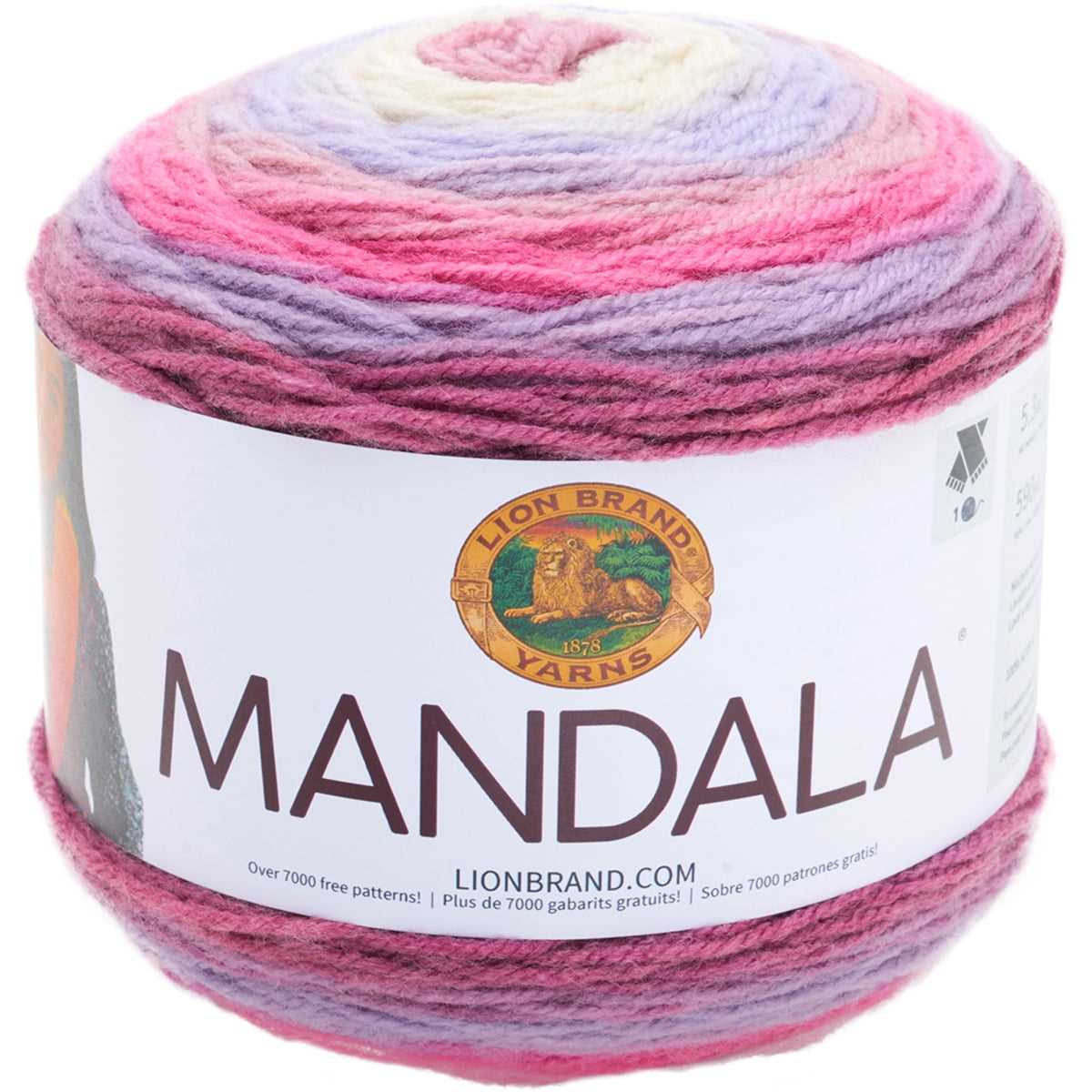
Knitted items made with Mandala yarn are not only beautiful but also require special care to ensure their longevity. Here are some tips on how to properly care for your knitted creations:
1. Hand Wash: While Mandala yarn is machine washable, it is recommended to hand wash your knitted items to prolong their lifespan. Fill a sink or basin with lukewarm water and a mild detergent, then gently submerge the item. Avoid scrubbing or wringing the garment, as this can cause stretching or felting. Rinse the item thoroughly and squeeze out excess water by pressing it against the sides of the sink.
2. Dry Flat: After washing, reshape the item and lay it flat to dry. Avoid hanging or wringing the garment as this can cause it to lose its shape. Use a clean towel or blocking mats to lay the item on and ensure proper air circulation. Avoid exposing your knitted item to direct sunlight, as this can cause fading or discoloration.
3. Store Properly: When not in use, store your knitted items in a cool, dry place away from direct sunlight and heat sources. Avoid folding or compressing the item too tightly, as this can lead to stretching or creasing. Consider placing the item in a cloth bag to protect it from dust and moths.
4. Handle with Care: Knitted items made with Mandala yarn should be handled gently to prevent snagging. Avoid wearing sharp jewelry or accessories that could catch on the yarn. Additionally, be mindful of your surroundings to avoid rubbing against rough surfaces that could damage the garment.
5. Always Refer to the Yarn Label: Each type of Mandala yarn may have specific care instructions, so it is important to always refer to the yarn label for recommended washing and care methods. Following the instructions provided by the manufacturer will help ensure that your knitted items maintain their quality and appearance over time.
By following these care guidelines, you can enjoy your knitted items made with Mandala yarn for years to come. Take the time to give them the proper care they deserve, and you’ll be rewarded with beautiful, long-lasting creations.